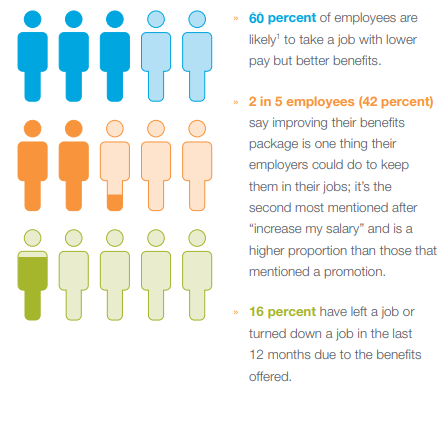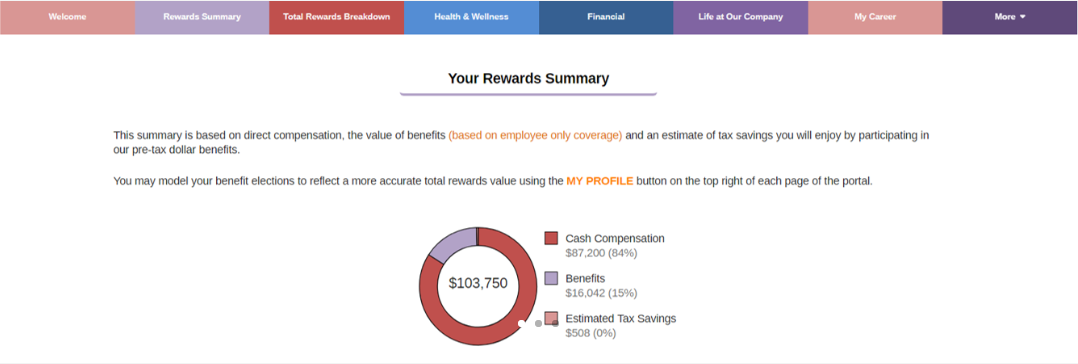Recruiting a new candidate into your organization can be a tedious task. Once you’ve found your perfect candidate, sending a well-written candidate offer letter is crucial. This letter should clearly state the expectations of the employee as well as the organization. It can be a gateway for the candidate to understand any organization’s overall culture.
In a candidate offer letter, salary package is an obvious section that needs to be included. But that’s not enough. From what their responsibilities are to what the job benefits look like, everything needs to be clearly communicated. If expectations aren’t clearly stated, it can later cause issues within the organization.
Here are a few tips that will help you create an offer letter that is not only engaging but also concise and transparent.
1. Make It Personal
Let your candidates know that your organization cares by giving each candidate an offer letter with a personal touch. By the time a candidate receives an offer letter, they have already interacted with the recruiters and the Human Resources department. So take some time to analyze their strengths based on their interview or resume.
Tell them what unique qualities they bring in that the organization appreciates. Set a welcoming and positive tone with the offer letter itself. Giving it a personal touch will establish a sense of familiarity and help the candidate feel at ease.
2. Showcase Your Company’s Culture
Your offer letter should reflect your organization’s values and culture. From the way it is worded to the overall content, everything should highlight the culture you’ve established.
If your organization takes pride in providing a creative and open environment, illustrate that in the offer letter. Instead of a formal and professional tone, you could even include some humor in it.
If your organization emphasizes a healthy work-life balance or philanthropy, the offer letter should effectively communicate that. Tell your employees what makes your organization unique and give them insights into your organization’s values.
3. Clearly List Compensation and Benefits
Money can be a deciding factor for many candidates after they get an offer letter. Candidates may decline job offers if the compensation and benefits do not meet their expectations. You may offer a competitive salary, but just mentioning the final salary isn’t enough.
Clearly state how frequently the candidate will receive payments. This is important especially for freelancers. Set clear expectations. Tell them if they should expect to be paid on a weekly, bi-monthly, or monthly basis. Also, show the various components that make up the final salary structure. Show exactly how the amount is allocated for housing rent allowance, health benefits, or insurance.
Other than that, mention the holidays that employees are entitled to take in a year. If an employee exhausts all of their holidays, what’s the next option? Are there any holidays that are specifically reserved for medical emergencies? Answer all of these questions in the candidate offer letter. You don’t want any gray areas causing confusion for your employees later on.

Image via Aflac
Whether an employee decides to take a job or not is also dependant on the benefits offered. A study by Aflac showed that 60% of employees are likely to take a job with lower pay if it offers better benefits. So it is important to highlight all of the perks and benefits involved.
If your company allows employees to work from home or allows casual wear, emphasize that. Avid travelers and those who like ample time off prefer jobs that offer such perks. Free food, free trips, paid leave, and parental benefits are some of the additional benefits that should be highlighted.
It can be an overwhelming task to get this section of the offer letter right. There is a lot of important information, but you don’t want it to get too confusing. To make the process easier, you could use an online candidate recruitment software platform.

Image via CandidateRewards
For example, CandidateRewards explains benefits and compensation with the help of pie-diagrams and graphs. It also shows users how various benefit options like tax-deferred retirement plans and insurance coverage affect their direct pay.
4. Explain Responsibilities
During the interview process, candidates may have understood what they are expected to do in your organization. However, you do not want to rely only on verbal communication. It is important to document it as well to avoid any confusion.
Firstly, mention the official job title of the candidate. Also, mention a few lines about what is expected out of them and what the working hours will be. If they will be required to work extra hours, it is advisable to mention that flexibility of working hours will be expected.
To give the candidate more clarity about the nature of their job, clearly state who they will be reporting to. If a supervisor expects any specific communication process, that should be communicated effectively. Expectation setting should be clear from the beginning to avoid hassles later.
5. Mention Important Dates and Contingencies
In your candidate offer, you need to mention the date when you expect the employee to start working with you. Sometimes, employees may request for the date to be changed. Whether it is acceptable to the organization or not is another thing, but informing them in advance is vital.
Also, let the candidate know till when the offer extended by your organization is valid. Give them a specific deadline to accept your offer. With this, you will get a definite answer and will know whether you need to seek out additional candidates.
If your organization is willing to offer the job only if certain conditions are fulfilled, state them clearly in the candidate offer letter. Background checks or drug tests are common contingencies that most organizations mention. It can disallow a candidate to join your team. So, it is extremely important to highlight it.
Conclusion
A good candidate offer letter effectively sets expectations for the candidate and offers transparency. Good offer letters introduce candidates to an organization’s work culture even before they step into the office.
If you’re not sure how to write a good offer letter for your recruitment process, follow the points mentioned above. Did we forget to mention any other points that make up an ideal candidate offer letter? Tell us about them in the comments section.

